In this guide you will learn all the basics you need to know about Scotch, even if you have no clue about Whisky.
By now, odds are you’ve seen a few of our Scotch articles, such asur Scotch Whisky Guide which goes into great detail about how the whisky is made, the history behind it and a list of some of our personal favorites. Our Blended Scotch Guide examines and explains the virtues and pitfalls of the oft-maligned cousin of single malt whiskys. Scotch Whisky 102 is the extension of this guide that goes beyond the basics to deepen your whisky knowledge. In this article, we’re going to start at the beginning for those new to whisky.
How to Get Started Tasting Whisky
For the uninitiated, the flavors, terminology, and the method of scotch tasting can seem daunting. If you sit down at your local bar and order up a Scotch, you’re likely to come aways disappointed. In the following, we’ll share what you need to know to start tasting whisky so you’ll want to keep drinking it.
What is a Dram of Whisky?
A “dram” is a measure of whisky, in which you might say “I’d like a dram, please,” at your local lounge.
A dram, technically speaking, is a little less than a teaspoon of Scotch. To be more precise, it’s 1⁄8 of a fluid ounce or about 4 mL, which amounts to a small splash. Now chances are when you’re at the pub and ask for a dram you’re going to get a full ounce of Scotch. The meaning of the word dram has taken on an imprecise, casual tone. In most respects, it’s no longer just the teaspoon but has become the globally popular way to simply refer to a “glass or drink of whisky”.
How Do You Drink a Dram?
In our Scotch Whisky Guide, the tasting process is covered in depth, however, if this is your very first time trying whisky, follow the instructions below.
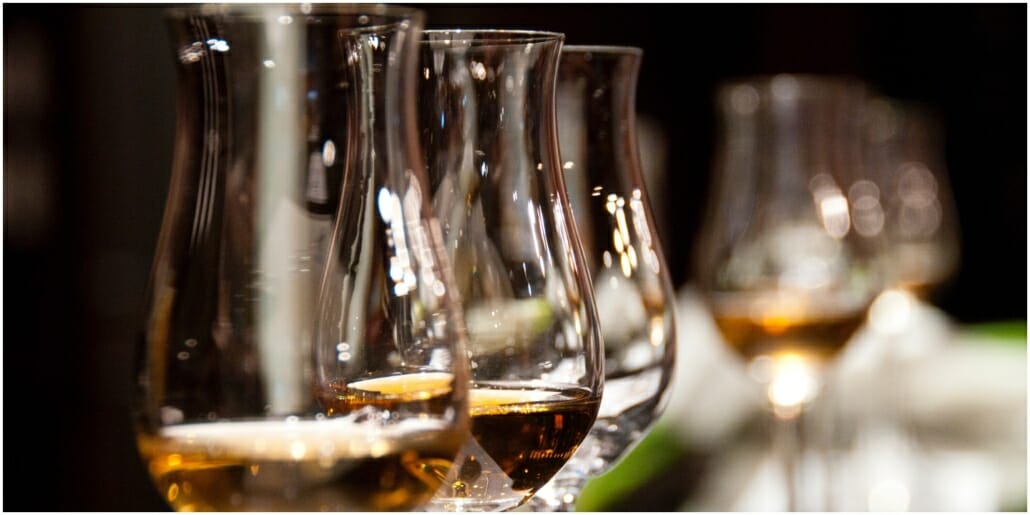
The goal is to introduce you to Scotch in a manner that allows your palate to grow. The last thing you want to do is try a dram and be so halted by the harshness or burn that you never want to try it again.
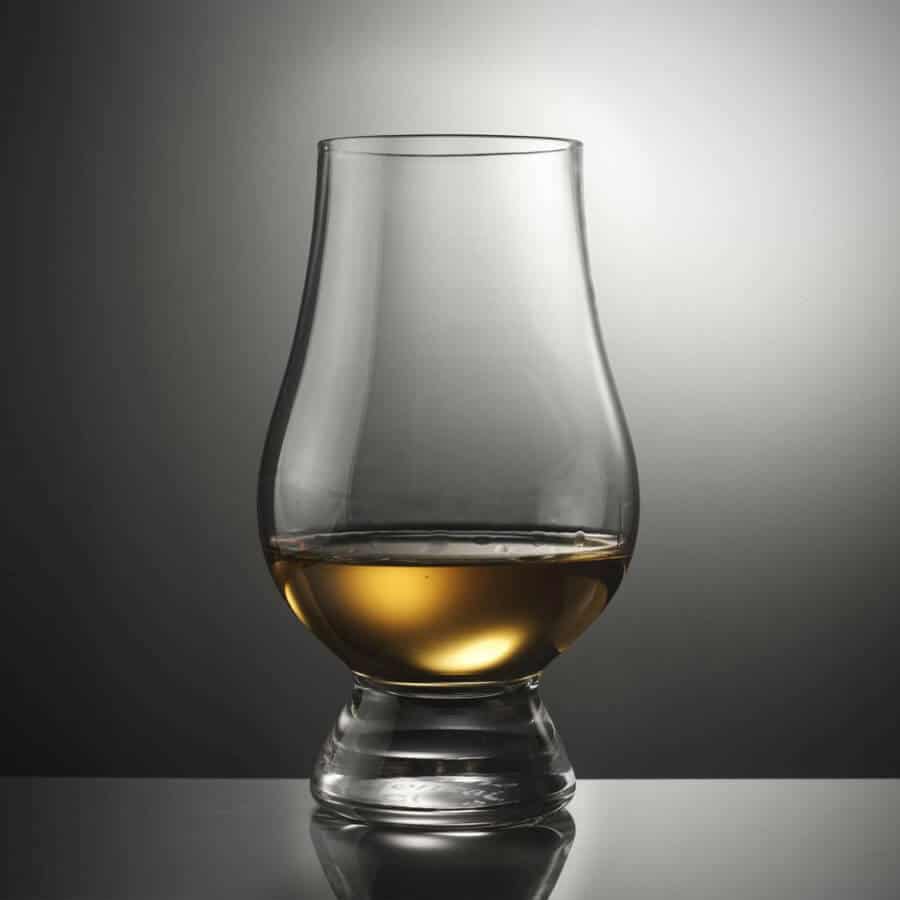
Start with the right glass and ice
For Scotch, a Glencairn or Copita glass is designed to release the proper compounds to thoroughly taste the whisky. If you have one, great, but if not use a regular rock or low ball glass with straight sides until you feel ready to make the investment.
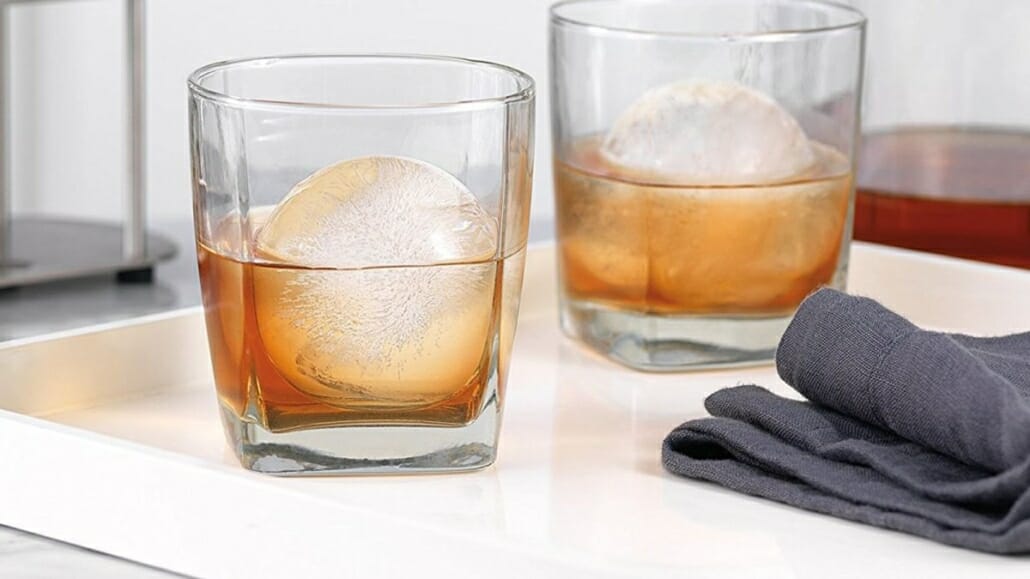
While every Scotch aficionado will rail at this suggestion, add one or two ice cubes to the glass before pouring. For your first dram, chilling and watering it down (as taboo as it is) will serve a purpose. It will lighten the harshness many complain about and will chill the whisky that will eliminate some of the burn making it easier for you to enjoy it. Obviously, as you begin to develop your appreciation for whisky, you’ll most likely want to stop icing.
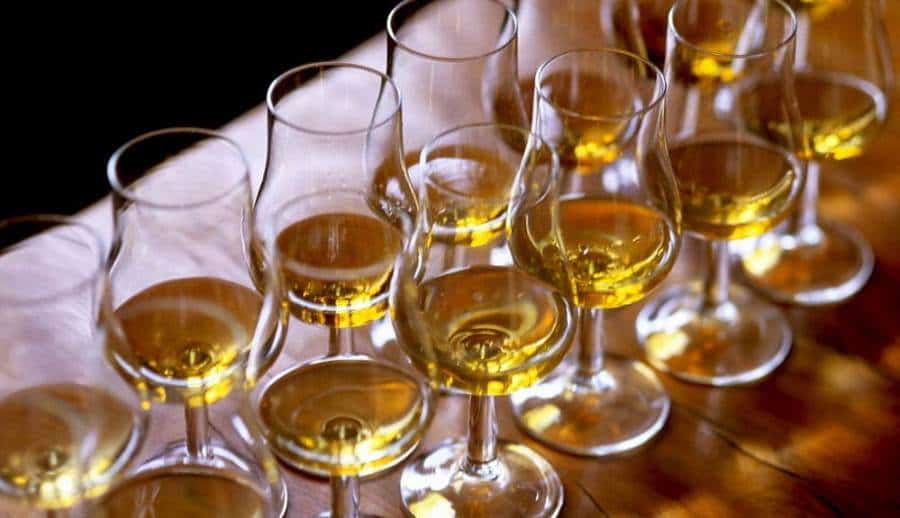
Note that when using ice, it’s ideal to use an ice ball or one large cube rather than standard cubes since it melts slower and won’t completely water your dram down. Also, if you are using cubes, try and avoid using more than two.
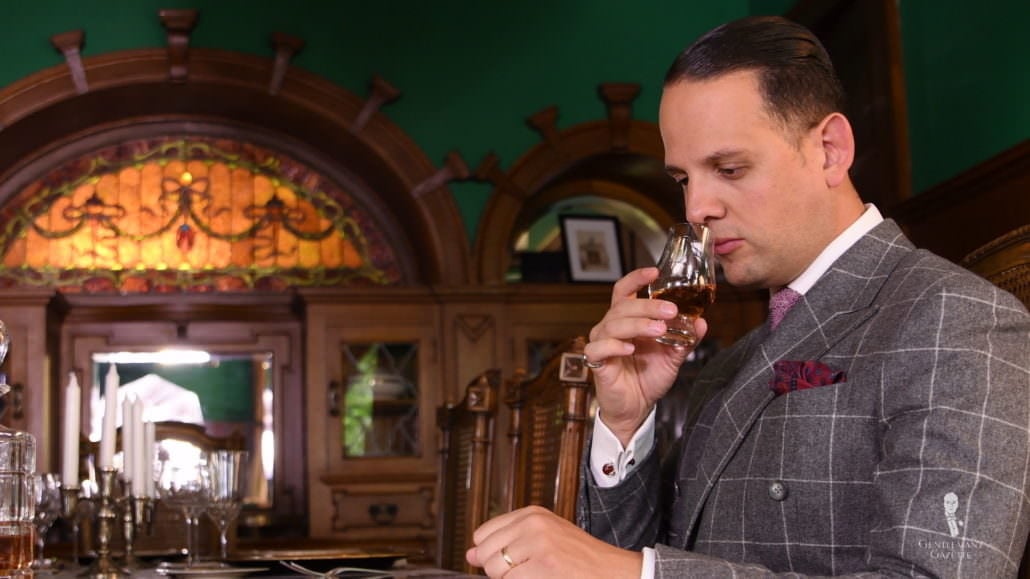
Inhale the aromas
Once you’ve poured your dram of whisky into a glass, it’s time to begin the initial nose. At this point bring the glass to about chin level and wave it side to side as you inhale lightly through your nose and slightly through your mouth. You may notice a little burning sensation and if so, lower the glass it slightly. If you don’t get much of a nose, try bringing it up closer to your nose and doing this again. You should notice that the aromas will change slightly.
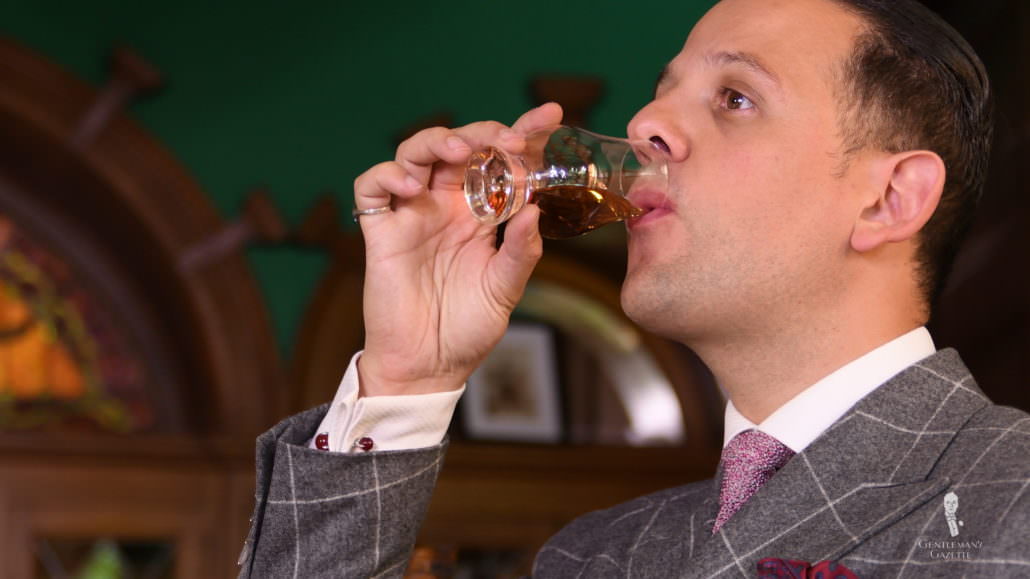
Take your first sip
After you’ve nosed the whisky a few times, take a small initial sip. This is where most people will either love or hate it. Bear in mind that if you’ve followed these directions, your dram will be far less powerful than it’s intended so this will give you a general idea of where your palate is sitting. If you love it, keep going and let it sit on your tongue and swish against your cheeks before swallowing. If you find it too strong, take a breath of air in and slowly continue the process.
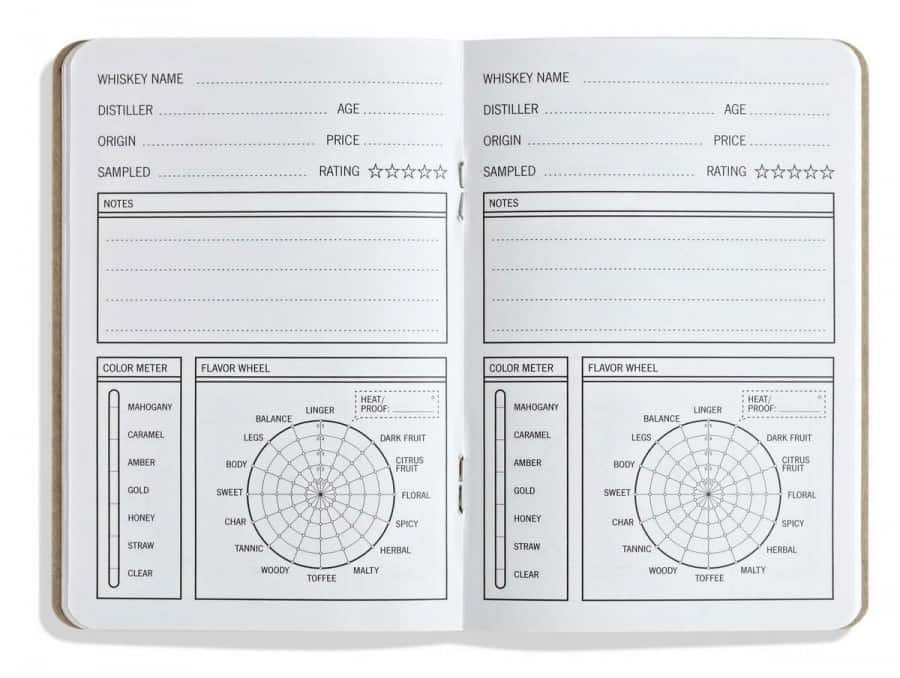
Compare your impressions with what you know about the whisky
Even though it may be tough to love whisky right out of the gate (like coffee or beer, right?), take a moment to compare what you tasted and smelled with the impressions of others and reviews of the bottle. Note the color, the flavors, the mouth feel and the aromas, and sip again. Note what you like and don’t like; you may consider keeping a tasting book for reference as you progress.
Finally, resist peer pressure while you learn
While this method is unconventional, it’s worth resisting any pressure that more expereienced whisky tasters might push on you. Whisky appreciation is a process, and if you attempt to run before you can walk, you may give up entirely before giving yourself a chance to like it.

Whisky Selection for Beginners
If your first experience with Scotch is trying a 25-year-old Lagavulin straight up, you’ll probably never try it again. When you’re selecting your first dram, whether it be purchasing a bottle or trying it at the pub, choosing a Scotch will make or break your relationship very quickly. This isn’t a spirit you guzzle for the fun of it like you did tequila on spring break. For one, it’s just too expensive, and second, it’s not intended for that.
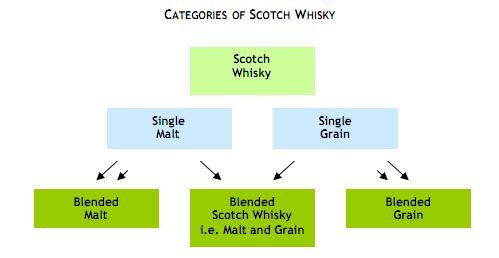
The problem is, when you start out, the selection, the aging, and the range of flavor profiles of Scotch is overwhelming. Bottles are expensive, you don’t know what you like or dislike, what to buy, where to buy and if you go to your local bar, the selection is limited. At the end of the day, you still don’t know if it was worth your money or just overpriced.
Scotch Recommendations for Beginners
When you’re selecting your first dram of Scotch, stick with a gentler spirit. A “gentle” whisky will contain no peat, which makes the dram sweeter and the burn minimal.
By making one of the following bottles your first introduction to whisky, it should act as a warm hug rather than a slap in the face. The burn you’ll experience will be very minimal and the aromas and flavor profile should excite you. While most bartenders will probably suggest Glenlivet or Glenfiddich, it’s only because they’re the two most popular drams in restaurants. Both are great options for second or third tastings, but for a first timer, you may find them slightly more powerful than you’d like.
Auchentoshan Three Wood Scotch Whisky
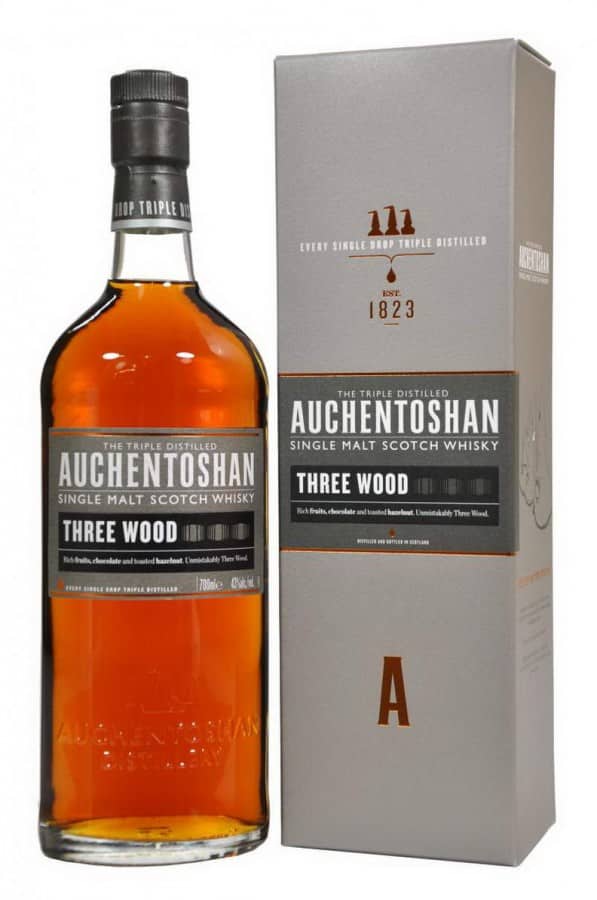
Auchentoshan (pronounced ‘OKKen-TOSHan’) is a triple distilled single malt from the lowland region of Scotland. The name Auchentoshan is Gaelic and translates to ‘the corner of the field’. With most whisky from Scotland, the last stage is where they distill the mash in two copper stills (see our Scotch Whisky Guide for details). However, with Auchentoshan, it’s placed in a third still called the Intermediate Still which gives the whisky strength.
As mentioned, Auchentoshan is unpeated, which makes it an ideal candidate for a first dram. Because it’s unpeated, the spirit is far more delicate and sweet than most whiskies and the burn many newcomers complain of is so minimal most don’t notice it.
The Auchentoshan Three Wood is matured in American bourbon casks, Oloroso sherry and Pedro Ximenez Sherry casks all of which give it a unique flavor profile with significant complexity. It was the winner of the Double Gold Medal in the category of single malts up to 12 years at the 2013 San Francisco World Spirits Competition.
The first thing you’ll notice with the Three Wood is that it’s very toffee and sherry heavy. The nose is sweet and fruity with hints of currants, brown sugar, coffee, orange peel and raisins. The taste mimics the sweetness of the nose almost resembling a syrup flavor. It’s quite nutty with strong hints of lemon and bursts of cinnamon.
The finish is very fruity where you can really appreciate the oak from the American bourbon cask. It really is a divine spirit both for the beginner as well as the aficionado. This bottle is an excellent first choice for a first try.
Dalwhinnie Scotch Whisky
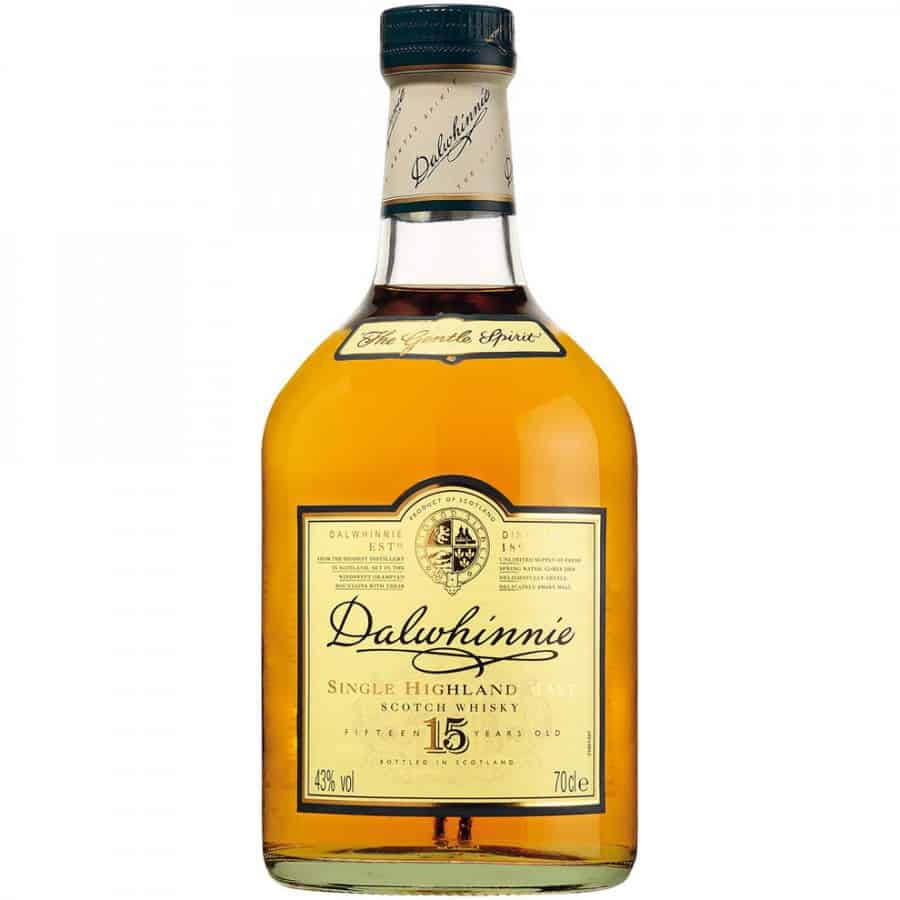
As mentioned, Dalwhinnie is known as ‘The Gentle Spirit’. It’s not a very complex whisky but has a certain crispness to it that many appreciate.
While Dalwhinnie isn’t high on the list of many aficionado’s favorites, it is recommended for first timers due to its lack of fullness and the fact that the flavor profile is so simple and fresh that it takes minimal effort to distinguish the various flavors.
Dalwhinnie is also Gaelic meaning ‘the meeting place’. It’s a highland Scotch that gets its water source from a natural spring called Lochan-Doire-Uaine and its peat from the surrounding bogs.
For this dram, try the 15 year old Dalwhinnie which was awarded an exceptionally high 95 points in Jim Murray’s Whisky Bible. The nose is very fresh with hints of fruit salad, apple blossom and honeysuckle. It’s full of toffee and has just a touch of smokiness that’s quite resplendent. The taste is quite malty, with manuka honey and walnuts. It has touches of vanilla and cereal. The finish is very nutty and quite long.
More Whisky Options for Beginners
After you’ve tried the above-named spirits, try some more! Even if you didn’t like the flavor, aroma or finish of it, that’s okay and easily fixable, like wine, every whisky will taste different. Try to separate sensation from taste as overtime your palate will become accustomed to the natural burn of Scotch. By separating sensation and flavor, you can begin to ascertain your likes and dislikes in order to influence your purchasing decisions.
In other words, if you like the fruit but not the nuts, look for a bottle that has more fruit than it does nuts. If you enjoyed the burn, try something a touch stronger.
Seven Additional Whiskys for Beginners
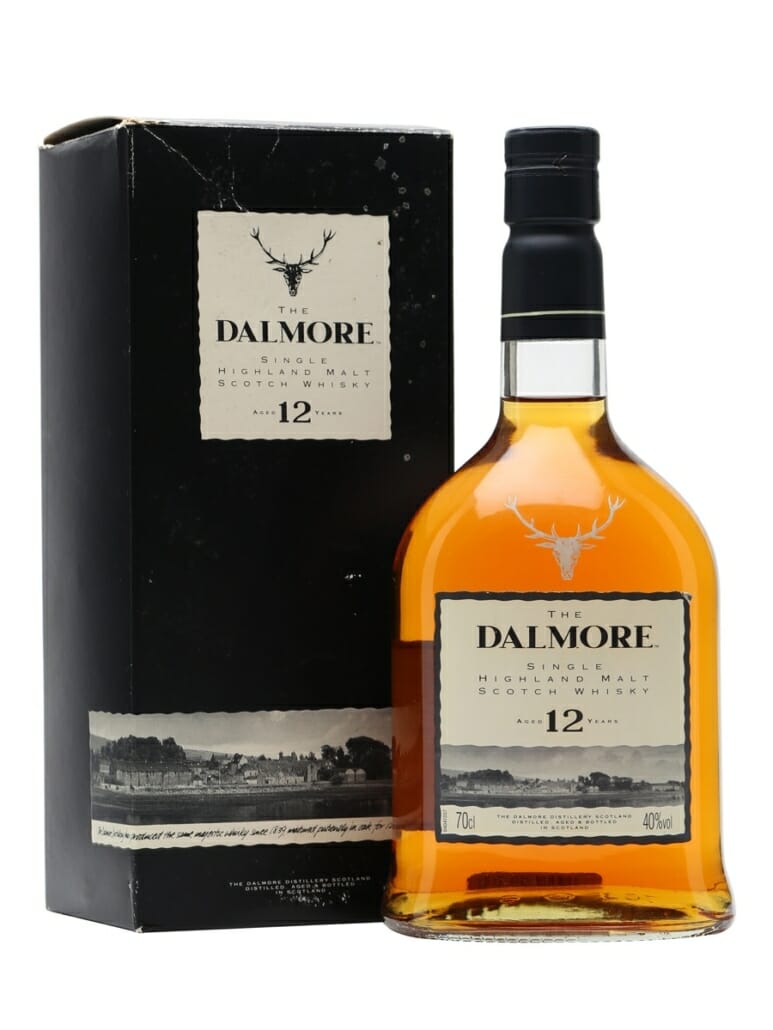
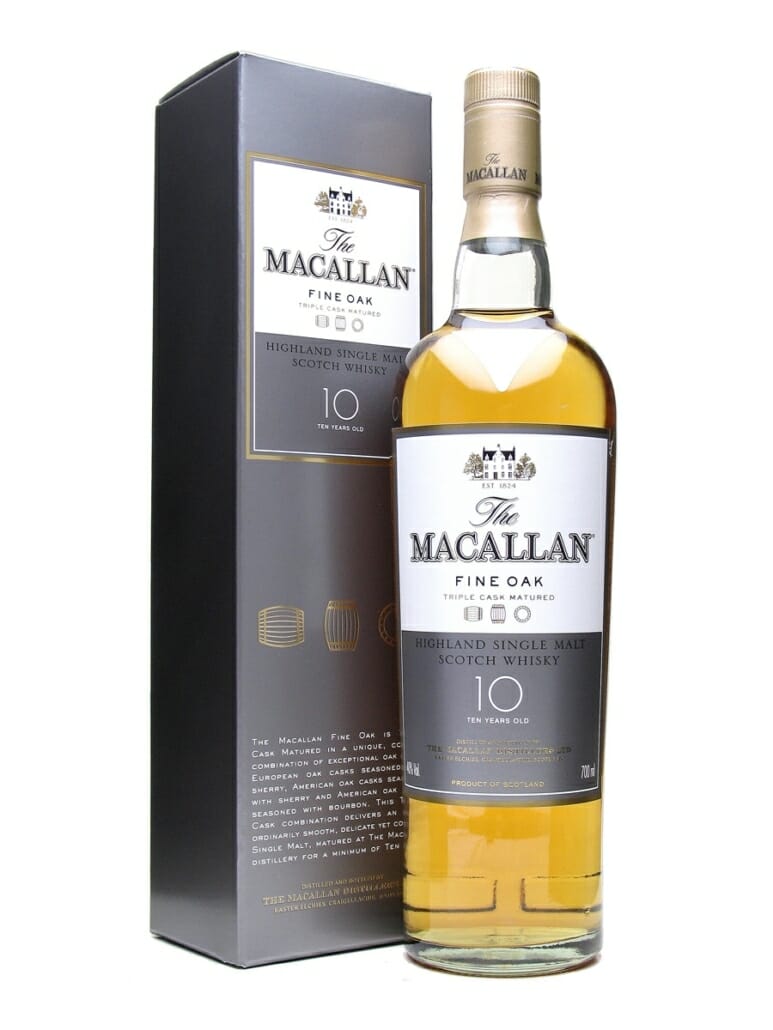
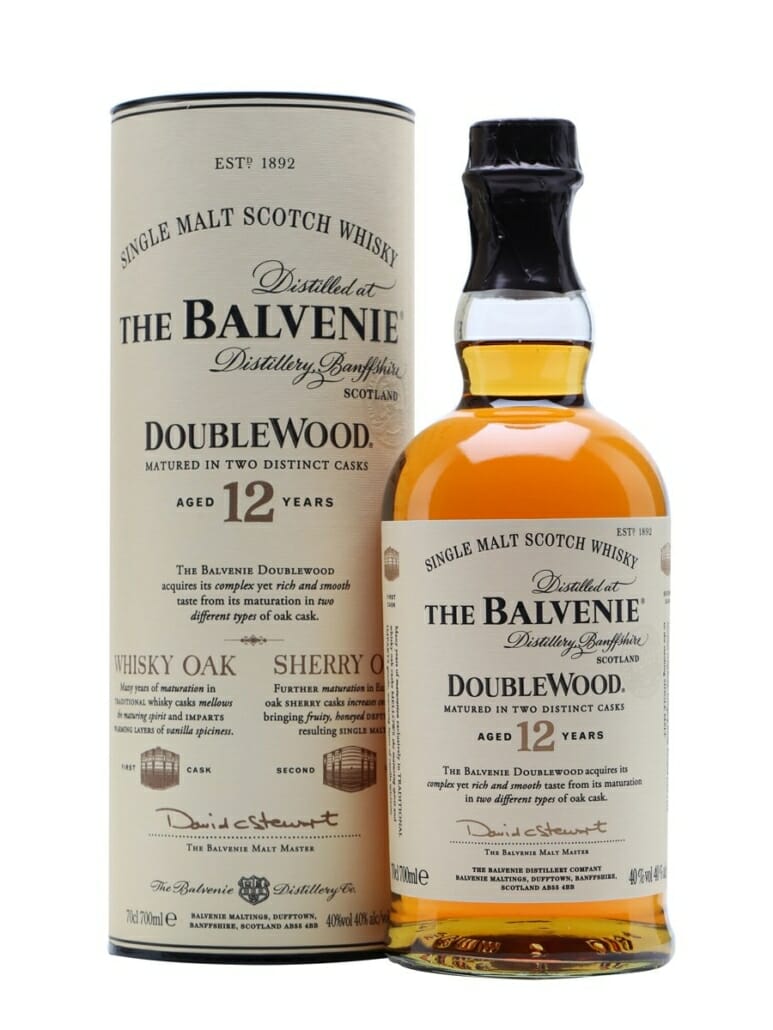
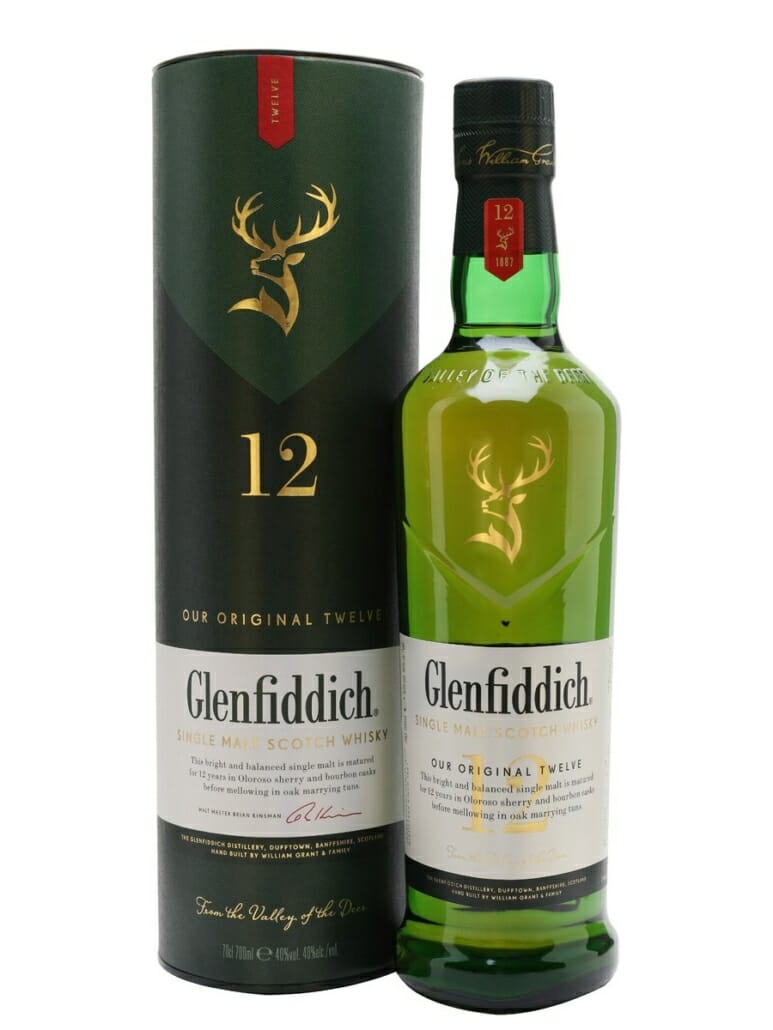
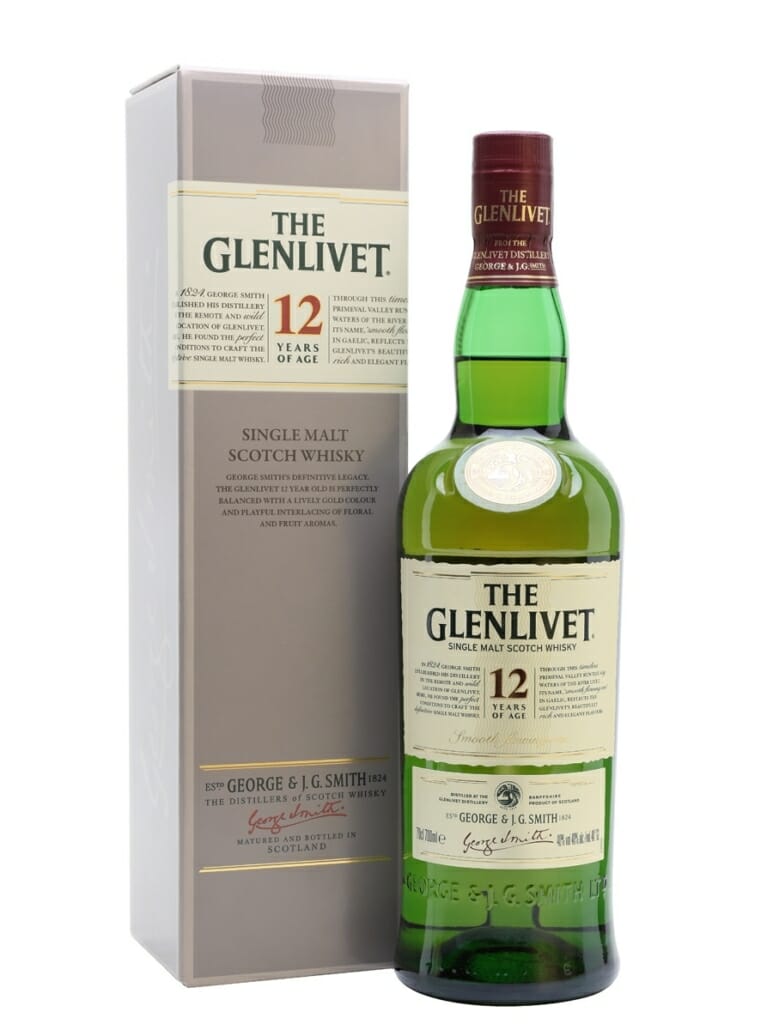
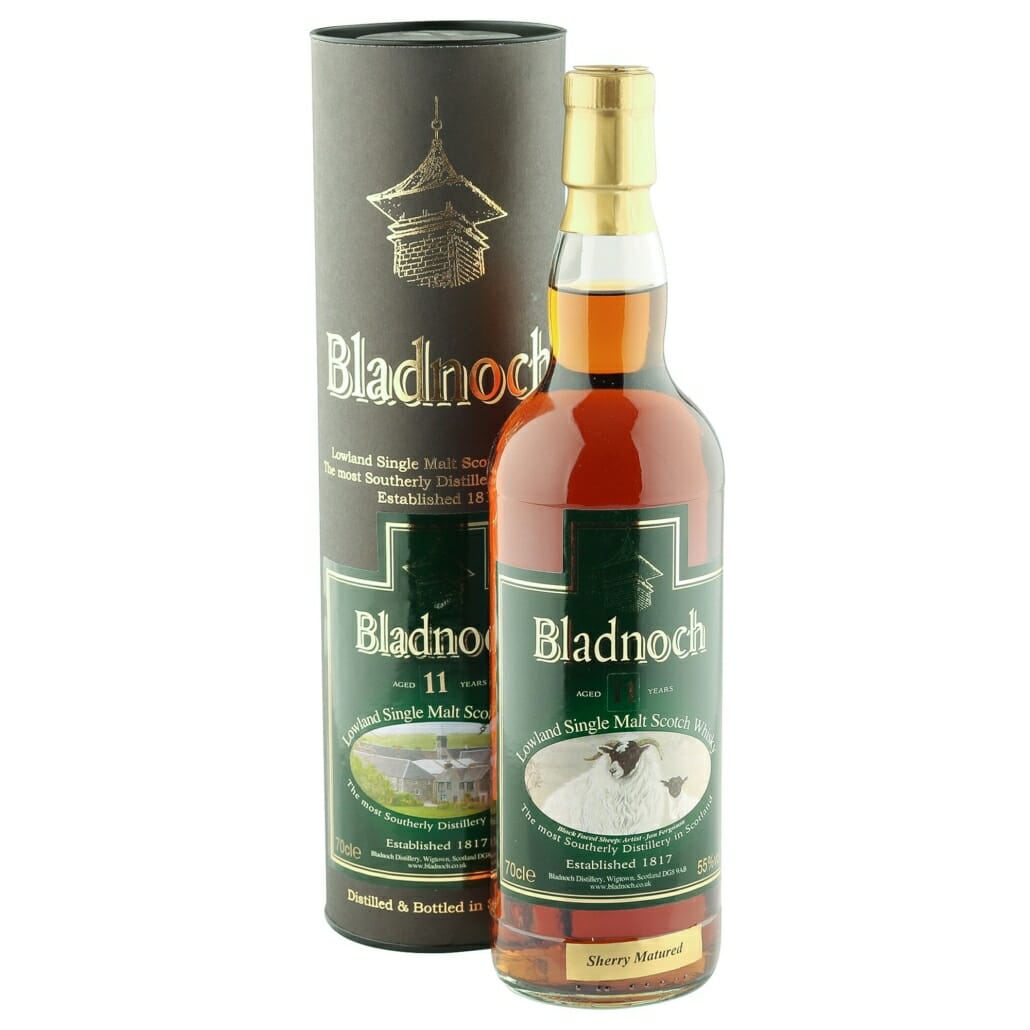
Lighter whiskies are strongly recommended in the beginning. Avoid the Islay’s (pronounced ‘eye-la’, not ‘iz-lay’) at least for now. The Islays are notoriously strong (Lagavulin is a prime example) and the burn you’ll experience may very well turn you off from Scotch forever.
If you’re a guest that is offered whisky, out fo respect for your host (and the cost of a good bottle), try to focus on a whisky they recommend for your palate or one you already know you enjoy – that way you’re not wasting the dram.
Education for Scotch Beginners
Like any topic, it’s important to educate yourself if you truly want to understand its intricacies and the best way to do that is by tasting it and learning along the way.

You can either do that through local tasting classes, but those can be quite pricey. Or you can try to read a book but, it is best to have written content in combination with a dram on your pallet. As I mentioned before, flaviar offers the most comprehensive Scotch tasting samples out there. Don’t forget to keep a notebook on hand to write down your experiences with various whiskies or use an app.

When you’re at a pub or bar, ask the bartender for advice. Mention what you enjoy and don’t enjoy in a whisky. If they’re competent they’ll be able to help lead you in the right direction and if they aren’t they jut pour you whatever they want to sell…
When you’re at the liquor store, seek advice. If the clerk asks to help, take them up on the offer. Introduce yourself and talk about various bottles before making your decision. Try and shop at times where the store is likely not busy and bring your notepad so you can show them where you’re at in your journey. A good whisky advocate is like a consigliere in that they’ll counsel you and help you develop your palate.
Also, take a look at Jim Murray’s Whisky Bible. For under $20 you get a lot of information but always bear in mind – the only thing that counts is what you like.
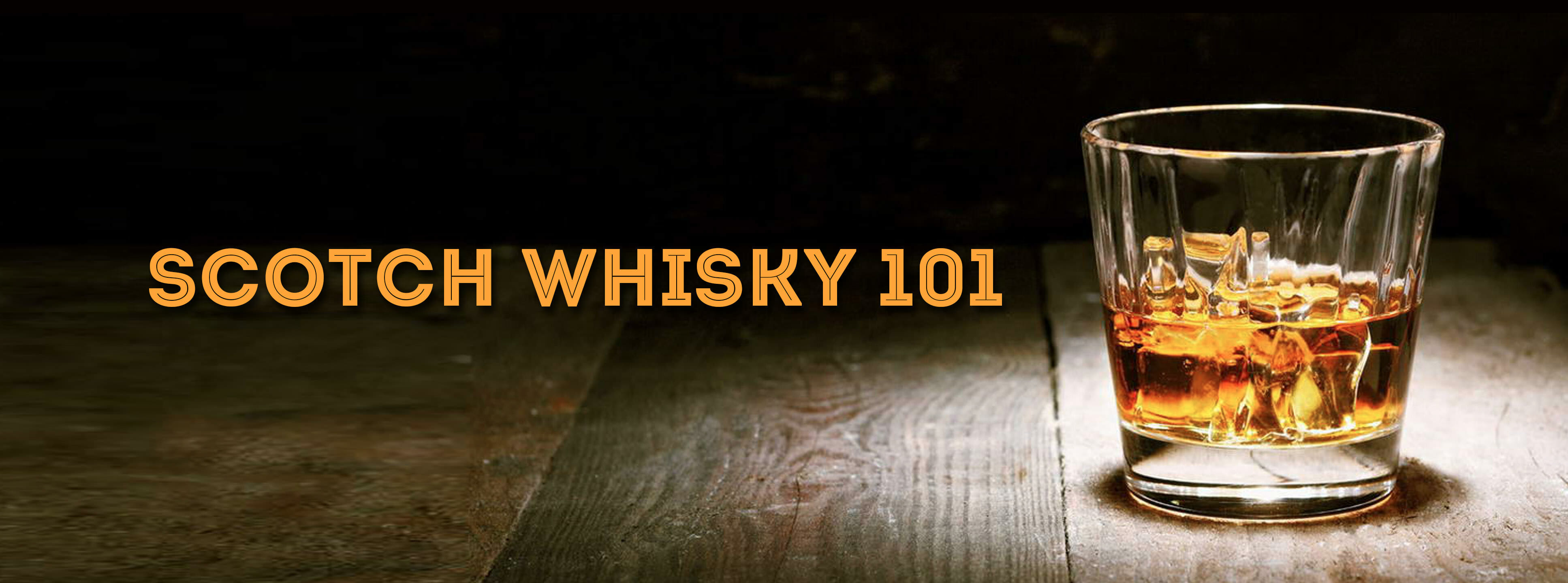
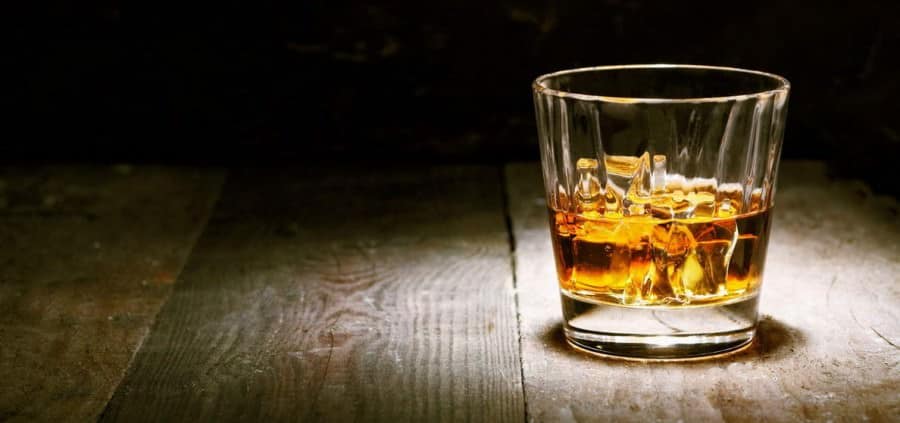

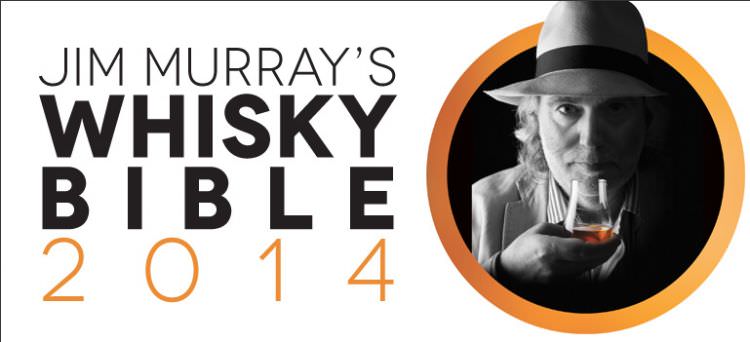
I notice you don’t say anything about adding water… I think it’s very important that beginners shouldn’t be afraid to add some water to their dram. The experts take if for granted, but in my experience, a lot of beginners worry that it’s “wrong” somehow… Nothing could be further from the truth. If a dram is a bit too fierce for you, a few drops of water can make it much more approachable. The important thing is not to add too much too quickly – you can always add a little more, but once there’s too much, there’s nothing you can do about it. A small water jug, possibly with a teaspoon or eyedropper, is an essential part of any Scotch drinker’s toolkit.
Hi Duncan,
Excellent point my friend. The reason this was left out was because it’s mentioned repeatedly in the Scotch Guide which we linked to. This introduction for beginners is really only to carry them through their first or second dram. After that, all the information they’ll need is in the Scotch Guide. Glad you noticed that though and pointed it out. I concur that a drop of water is essential for many drams. Not only can it tame the Scotch but it can actually open it up and release new flavors. Here’s an interesting (and inexpensive) example of what I mean. Buy yourself a bottle of Ardmore Traditional Cask which is a non-chill filtered Highland Scotch. Try the first taste neat but on the second add a splash of water. At full bottle strength you’ll notice full rich mouthfeel which burst of creamy peat tang and hints of vanilla. However, when you add that drop of water, the flavors dramatically increase and change to ripe fresh sweet fruit and then finish with that tang of peat. This is just one example, but since Ardmore is quite reasonably priced, it’s a good one to test the waters with.
Thanks for reading!
J.A. Shapira
Excellent article I like that you have encouraged new users to add some ice, Scotch can turn off many new drinkers not only with its taste, but with the snobbish attitude many display around it. After drinking Scotches for over 25 years it still puts me off if a bartender gives a snooty attitude when I ask for water or even ice, not all Scotch even some single malts are from a fine casks. I prefer to have my good Scotches at home or at a bar which has an extensive scotch selection and tasting night. When I am at an event in a hotel conference room and order a scotch from one of those mobile bars I am not looking for a Scotch experience just a social drink no attitude required. That is my rant so on another note I would like to see an article on Martinis and please include the Manhattan in that mix as it is my favorite social drink.
I’m so pleased you enjoyed the article. I think that an installment on classic cocktails would be a fabulous idea. I too enjoy a well made Manhattan. Have you had the pleasure of enjoying an Old Fashioned?
Yes have had the Old Fashioned and the Rob Roy. I tried a lot of the Old Mr Boston Official Bartender Guide back in the early 1980s when I worked as a bartender. I was expected to be able to both make and recommend drinks to customers, a skill I found was lost, but I am glad to see is making a comeback with some of today’s generation. I find that some younger bartenders are again learning the skill of good drink making and not just twirling bottles around for a clown show, thanks “Cocktail.” Sometimes history repeating itself is a good thing.
Taste is something quite personal and subjective.
Some people love liquorice candies, others would spit the candy on the moment they try it.
That is why I would like to disagree with one aspect of the article – the choice of first whisky.
I would recommend for a beginner to avoid buying a bottle for the first tasting and go to bars with a good choice of whisky and simply try different types of whisky(maybe on different evenings) and see which whisky would be love from the first sip.
To be honest – I really enjoyed Laphroaig 10y.o. even as an absolute beginner and I have built a strong preference for peated scotch(Laphroaig, Talisker, Lagavulin, Ardbeg) and for old Irish blends(18y.o. Jameson, 16y.o. Bushmills, 15y.o. Redbreast). At the same time the Auchentoshan tripple wood and the Balvenie 16y.o. triple wood were my worst whisky purchases ever. Did not enjoyed them at all. My best friend also disliked them even though we have different taste for whisky.
So do not forget – taste is very personal and subjective. Simply try many different whiskies and do not give up if the first several are a disappointment. The whisky world is so rich, that I am sure there is a taste for everyone to fall in love with.
Well done and interesting article.
I will be recommending it to a few friends venturing into scotch whiskeys.
Although this article was published in 2014, I had the opportunity to read it this morning with a good cup of whisky flavored coffee punched in a recent trip to Scotland.
This was a very well written article for those interested in beginnning their scotch whisky/whiskey experience.
I will strongly suggest the company, mentioned in the article Flaviar. They are certainly very helpful for the novice or advanced “taster”. They are quick to answer emails and, as mentioned give you the opportunity to “try it before you buy it”.
For those that may be traveling, I would strongly suggest a tour of a whisky distillery. I recently had the opportunity to tour Glenmorangie and Dalmore and was extremely pleased with having the full experience on seeing how each of these originated.
Lastly, The Scotch Whisky Experience in Edinburgh is a great experience for beginners as well, if you are traveling. The beginning was a bit like an amusement ride, but the remainder was well done.
Thanks for the great articles.
Martin
Thank you for sharing!
Nothing can improve the flavour of water quite like whiskey
W C FIELDS ; hangover cure ,
Drink the juice of two quarts of whiskey .
All the whiskey you can drink for $1
I will have $2 worth please !!
Any thoughts about bourbon? Have tried Knob Creek and still taste some burning sensation—any ideas or recommendations?
Good article my wife and I have just returned from our yearly trip to Scotland tasting whiskey there are always new ones to find ,I am very fond of Dalwhinèy winter gold single malt this distillery is high in the highlands and cools its spirit in old style worm tubs outside and in the coldest part of the winter the tasting of the spirit changes and is bottled as winter gold it definitely has a special somthing
I dont understand why you add ice. If you went to Scotland and asked for scotch with ice, you would be crucified.